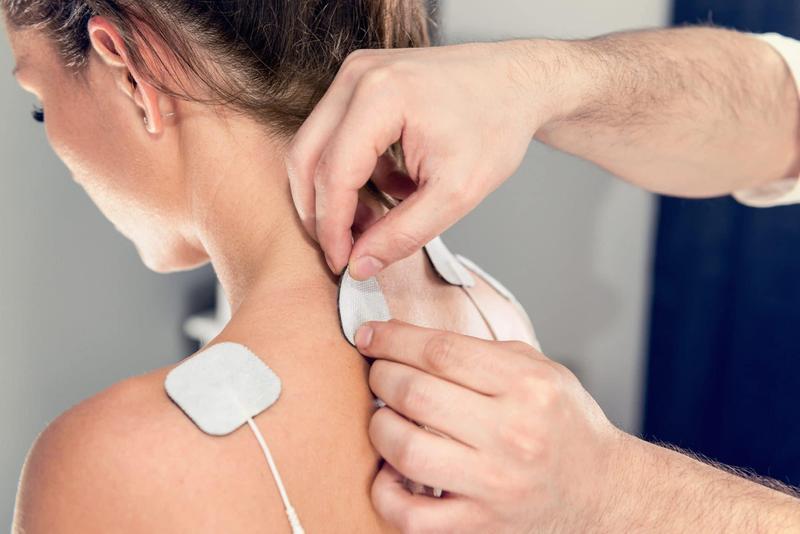Massage Therapy And Neurostimulation For Pain ReliefJun 13, 2018

Based on Advanced Pain Management, a clinic specializing in the implantable, reversible pain management program,“neurostimulation therapy treatment, also called spinal cord stimulation, is the safe delivery of low voltage electricity to the dorsal column or peripheral nerves. The implantable stimulator device inhibits pain signals before they reach the brain and replaces them with a soothing, tingling sensation (called paresthesia) that covers the specific area where pain is felt.”
Though this is regarded as an” _invasive_” intervention, it is minimal in the grand scope of the term, and a remarkable improvement in self managed pain treatment for the patients receiving it. Together with the ever-expanding models of intervention across the health care community, these”invasive” models of neurostimulation provide what modern science considers to be a breakthrough in chronic pain control that’s only in the beginning phases of development.
Many patients suffering from chronic, debilitating conditions who were treated using these medical miracle devices would agree they are life-changing. Others, sadly, have experienced negative side effects like parasthesia, fluctuations in the electrical impulse, or complications at the surgical site and are left seeking relief.
Instead of making massage treatment in chronic pain management obsolete, these technological breakthroughs perfectly position our profession to be a very important adjunct to evolving and progressive care.
The role of a manual therapist
As a medical community of manual therapists, we’re well versed in the effects massage has on our customers’ nervous systems. Ranging from down-regulating pain perception to upregulating proprioception, inciting relaxation, or even for a pre-event stimulatory effect, we’ve been using manual methods of communicating with the nervous system for centuries.
In light of the intention behind these implantable devices designed to interrupt the perception of pain, as manual therapists, what tools do we have at our disposal to offer an intervention option with a similar effect? Can we bridge the pain gap between traditional manual therapy and implantable neurostimulation devices? Research in fascial science is suggesting that we can.
If we understand the dynamics of pain perception and we have a clear understanding of the client’s pathology or mechanism of injury, we should consider reaching for options like IASTM tools and stimulatory methods like therapy balls.
The concept of interrupting the pain response begs us to revisit the primal reaction of rubbing our knee vigorously right after we fall on it, or our elbow after we bang it on something because we know it’s going to hurt. We instinctively introduce distracting signals to our nervous system to disrupt the experience of pain.
If implantable medical devices are employing low voltage electricity to disrupt the sensation of pain, it stands to reason that we are also able to produce similar results by utilizing clinical tools to create the same nervous system interruptions to pain perception. A study found in the Journal of Physical Therapy reviews titled “The Effects of instrument assisted soft tissue mobilization compared to other interventions on pain and function; a systematic review” concluded “it is suggested that IASTM is an effective treatment intervention for reducing pain and improving function in less than a three-month period.”
Becoming acquainted with how to integrate these approaches into your sessions with a chronic pain patient may radically give rise to the client’s success rate concerning the alleviation of pain.
These days, we’ve got a comprehensive cadre of tools and education to integrate at our disposal. As a manual therapist, I have gathered a varied arsenal of pain management tools , which range from spiky balls, kinesiology tape, and topical analgesics, to a couple sets of IASTM tools with multiple therapy attachments and edges.
If we could lower the experience of pain by studying how our nervous system transmits that information to the brain and integrate proven procedures to disrupt it, we’ve got the chance to offer some relief to our client. Working in combination with the primary physician (of a client who’s a candidate for, or has a neurostimulator installed) provides the chance of supplying a collaborative effort for the development of the customer’s wellness.
With brand new pain science continuously influencing the way we view and treat our customer’s conditions, we’ve got the chance to become a vital element in our client’s well-being.
Source: Massage Magazine
Be the first to post a message!